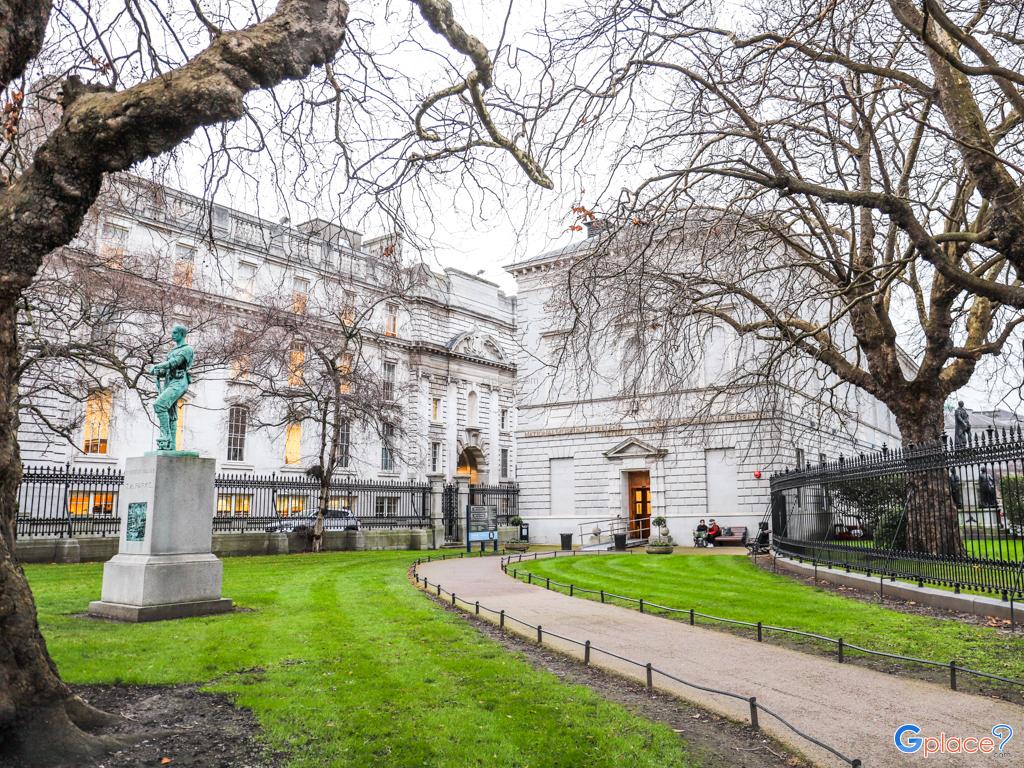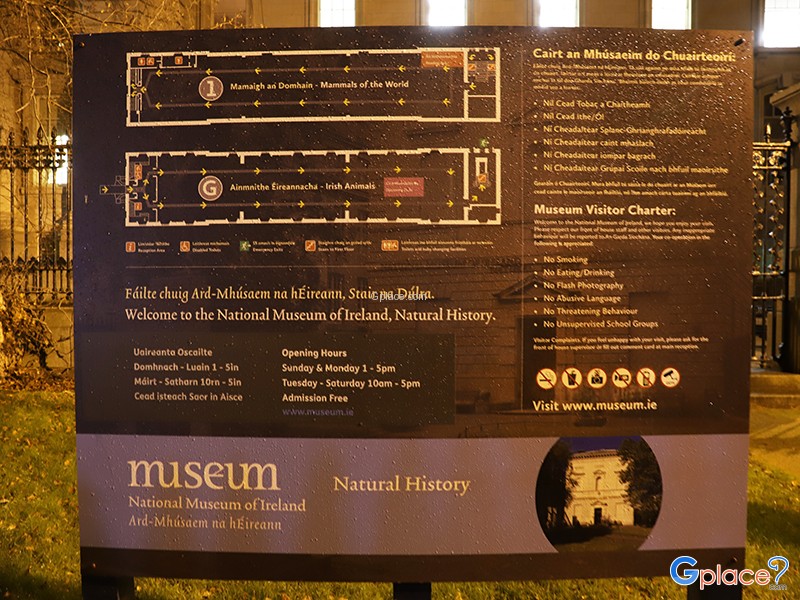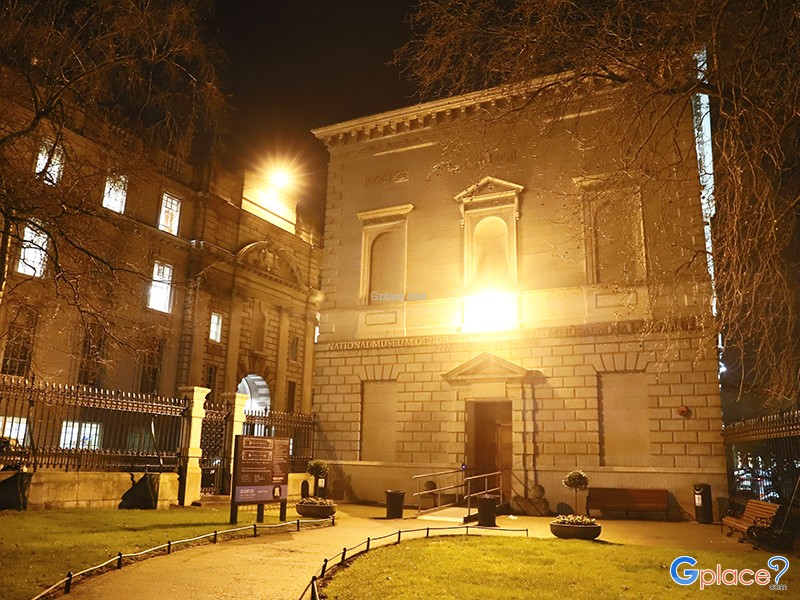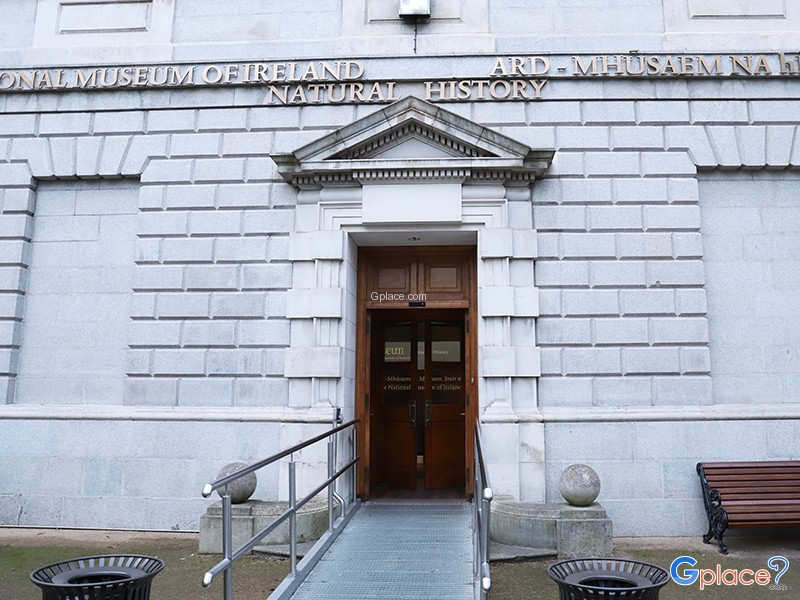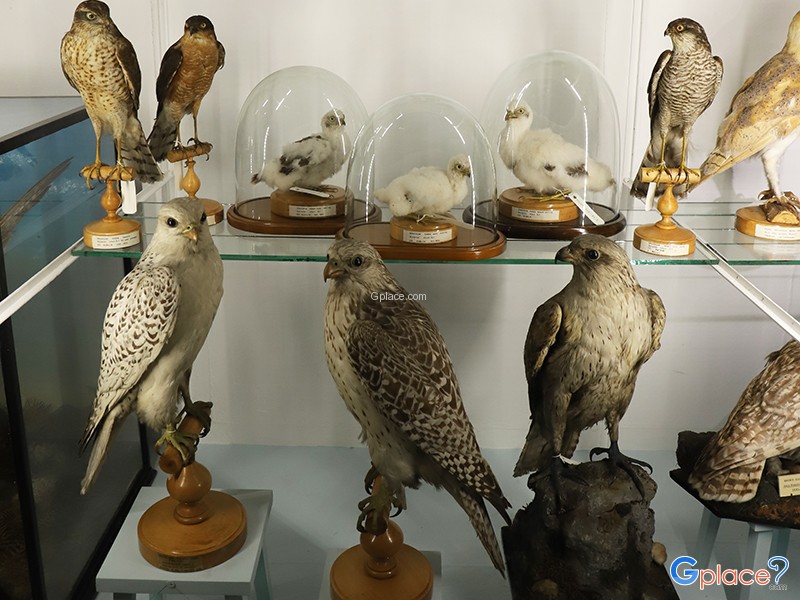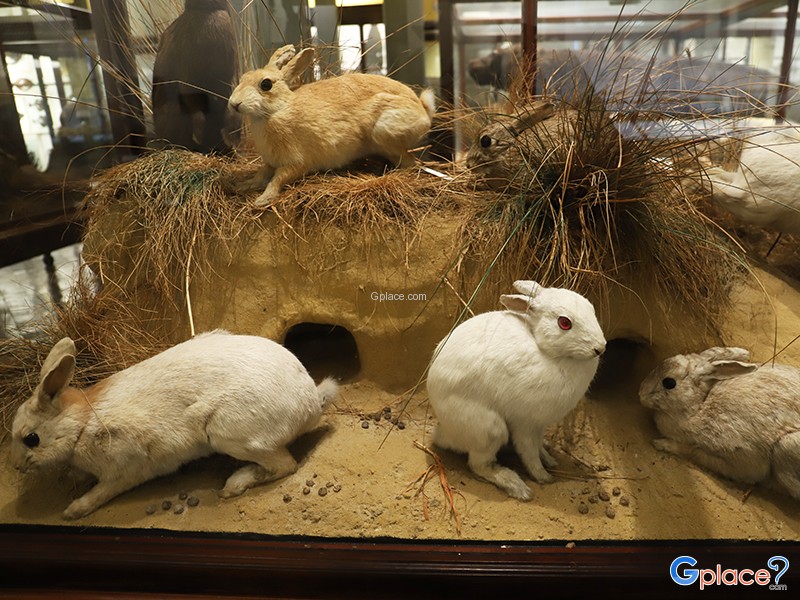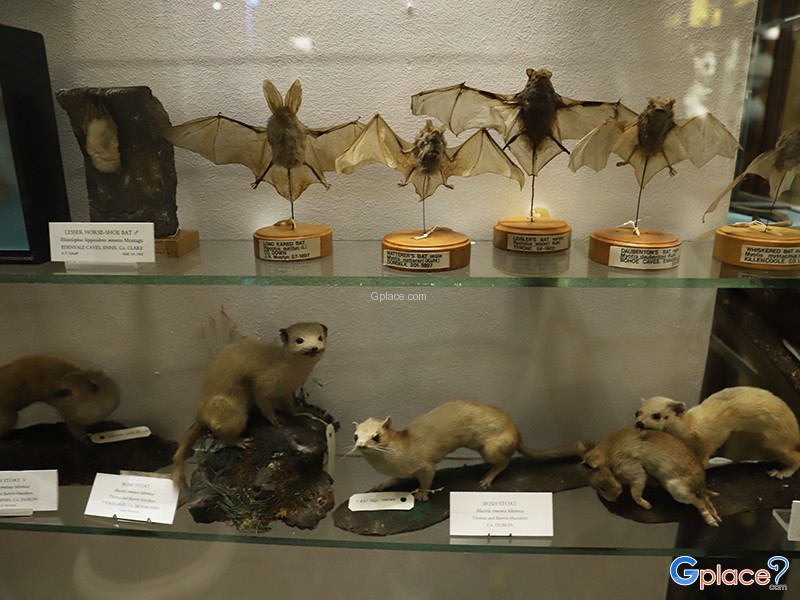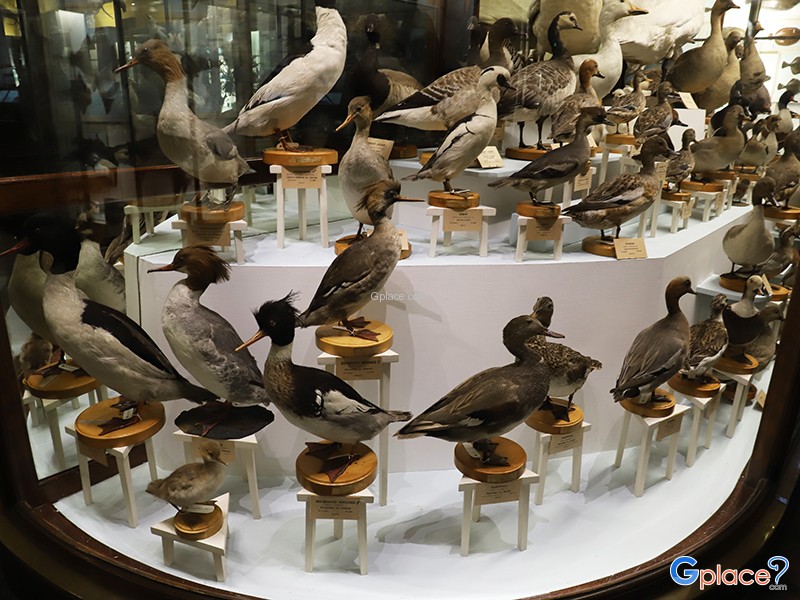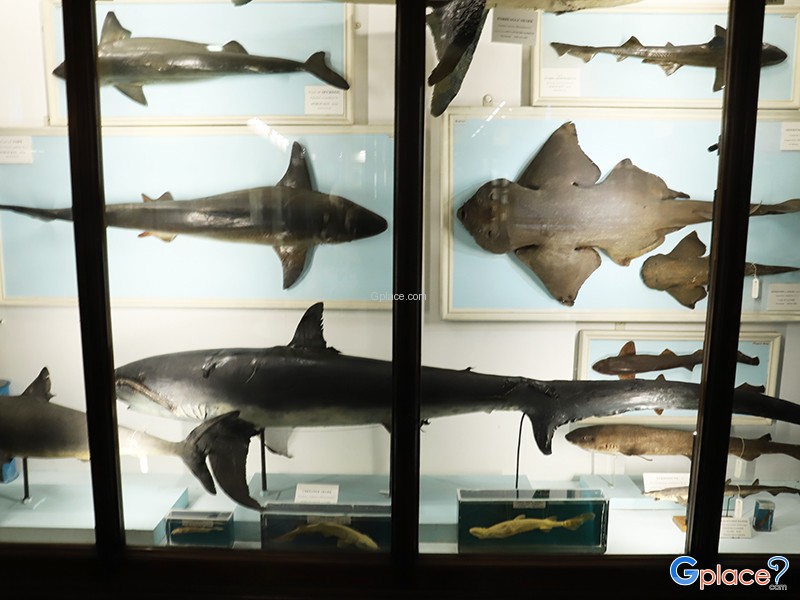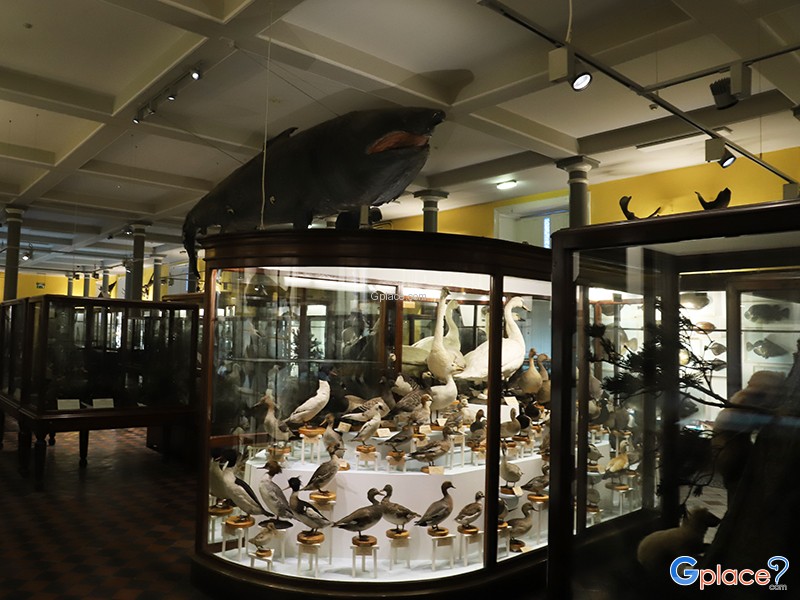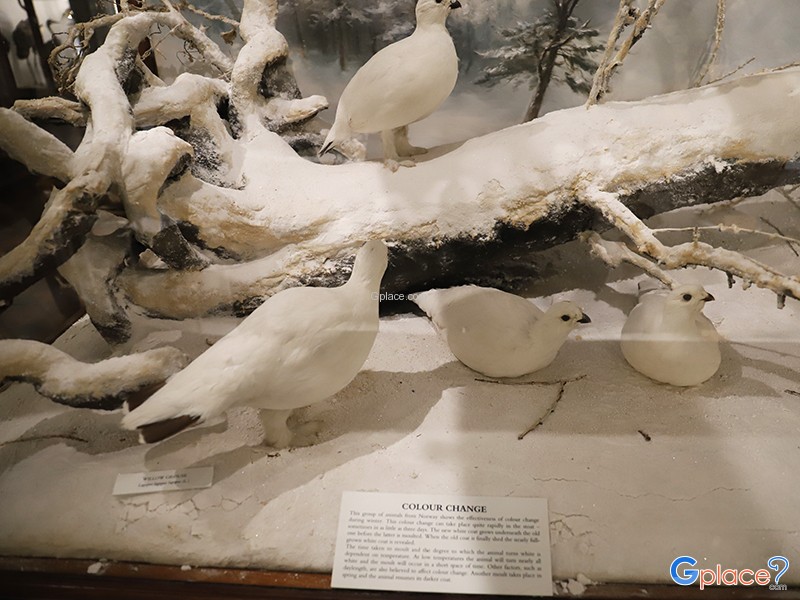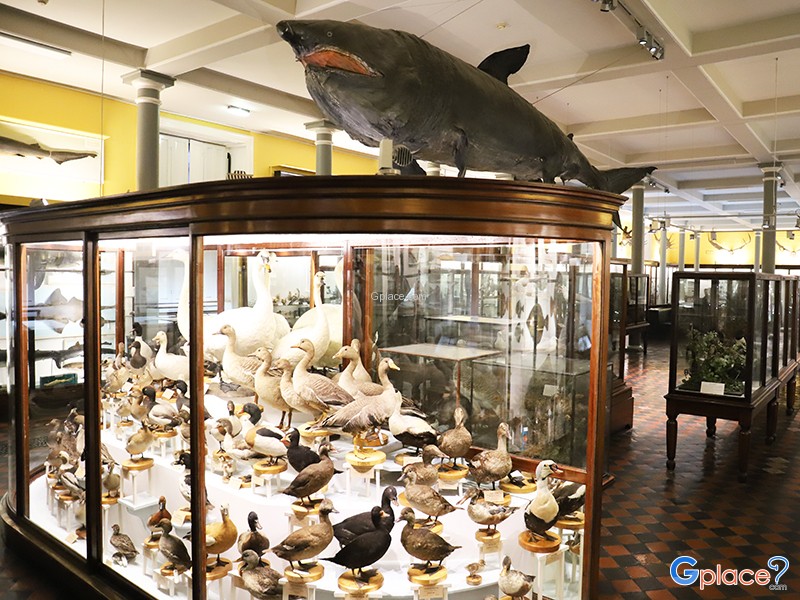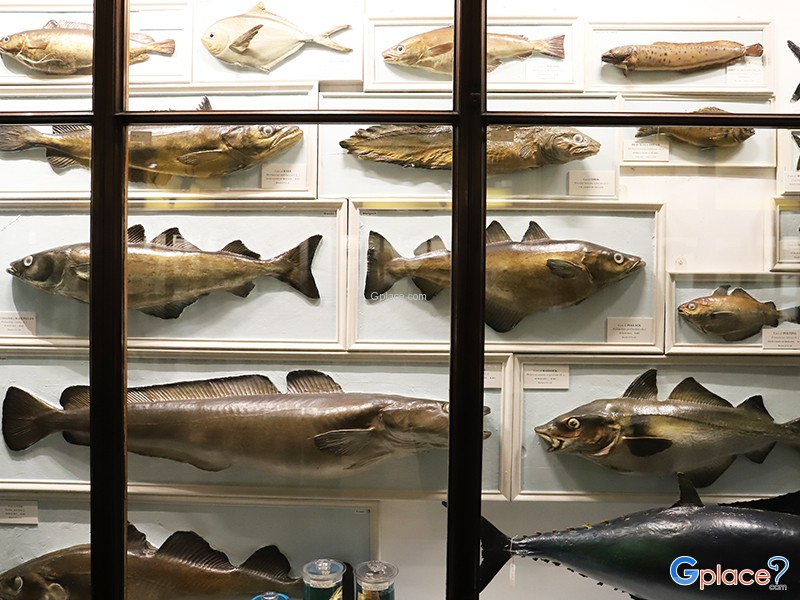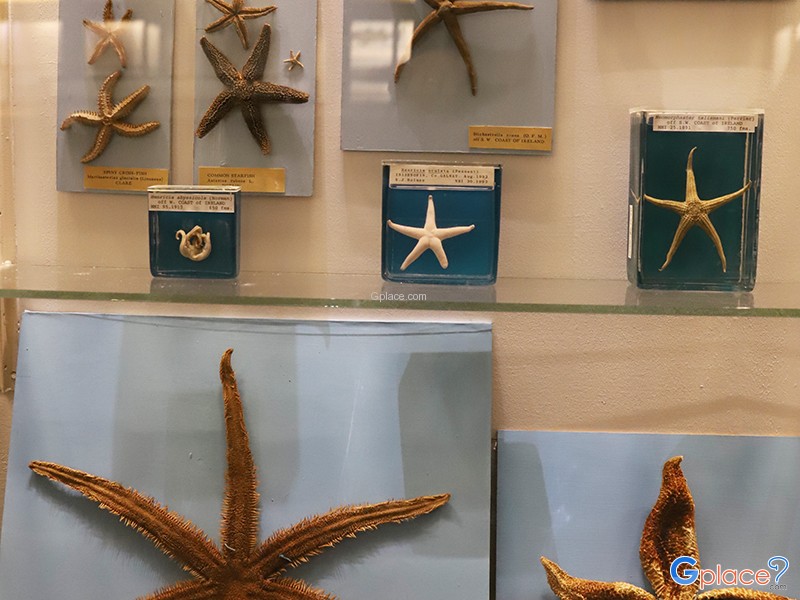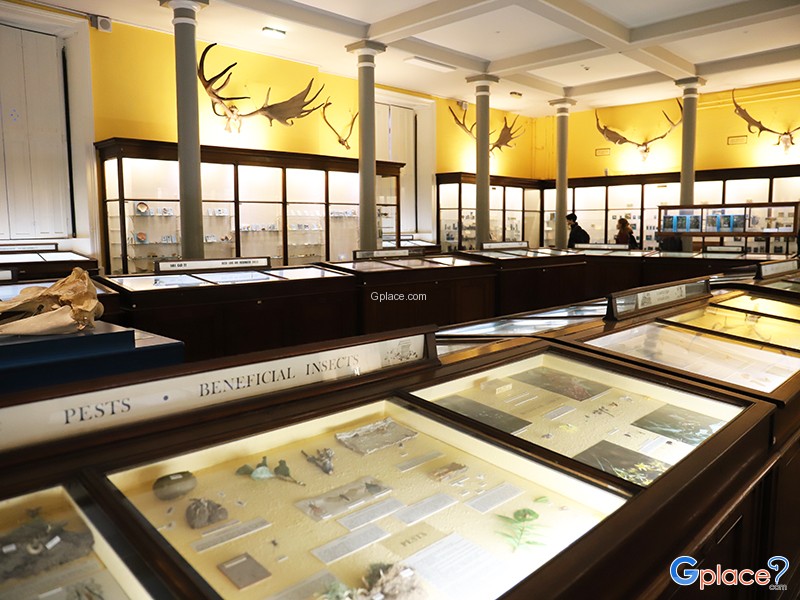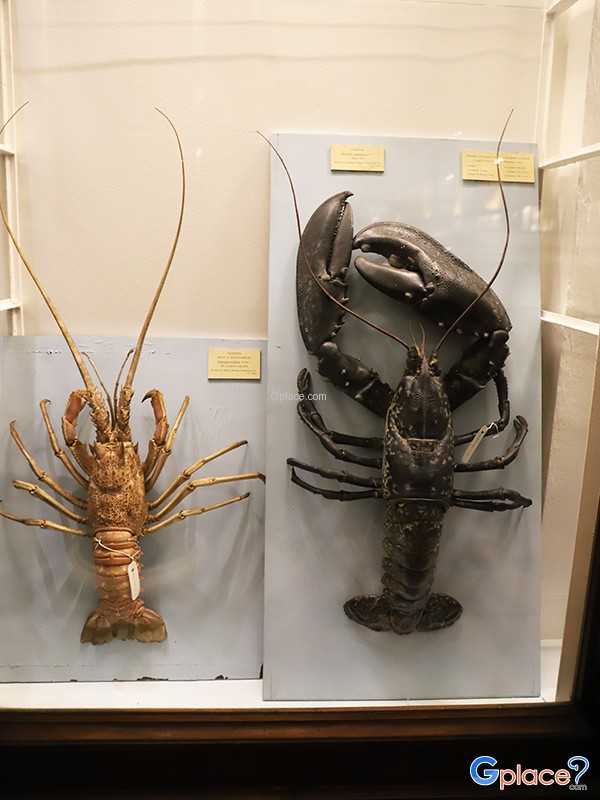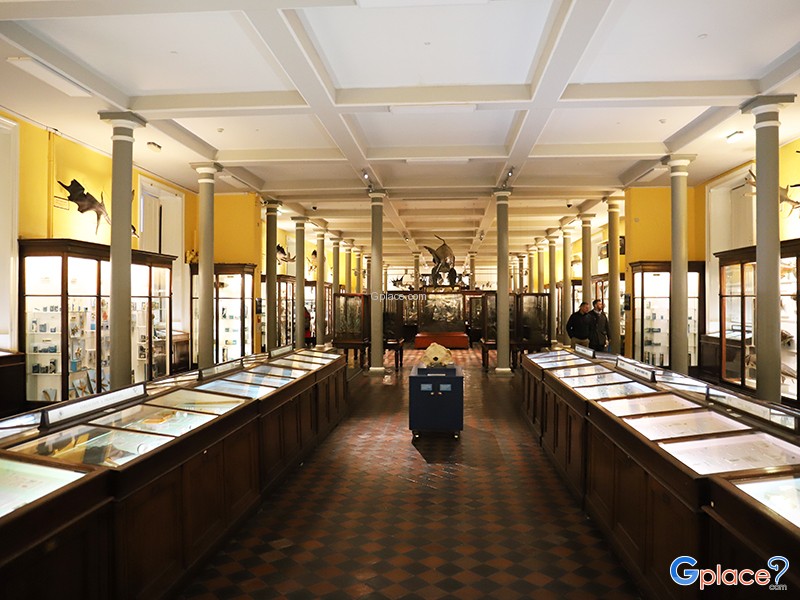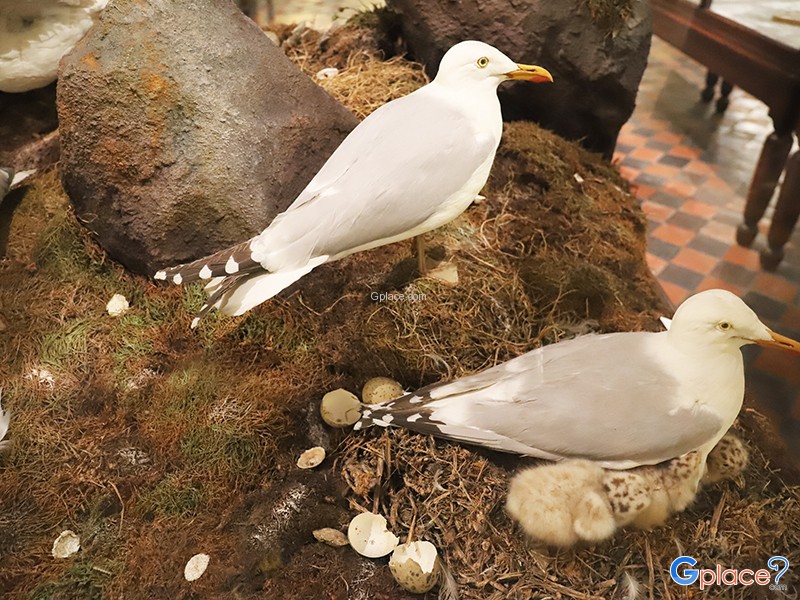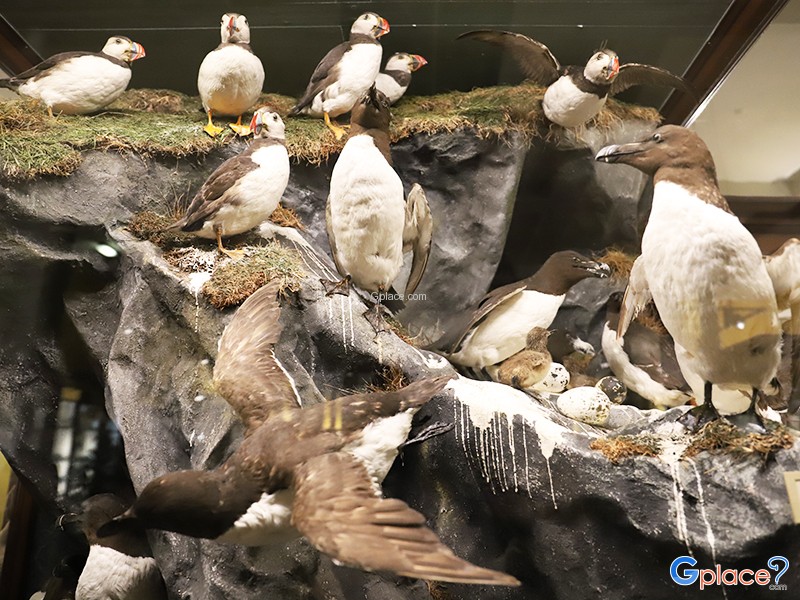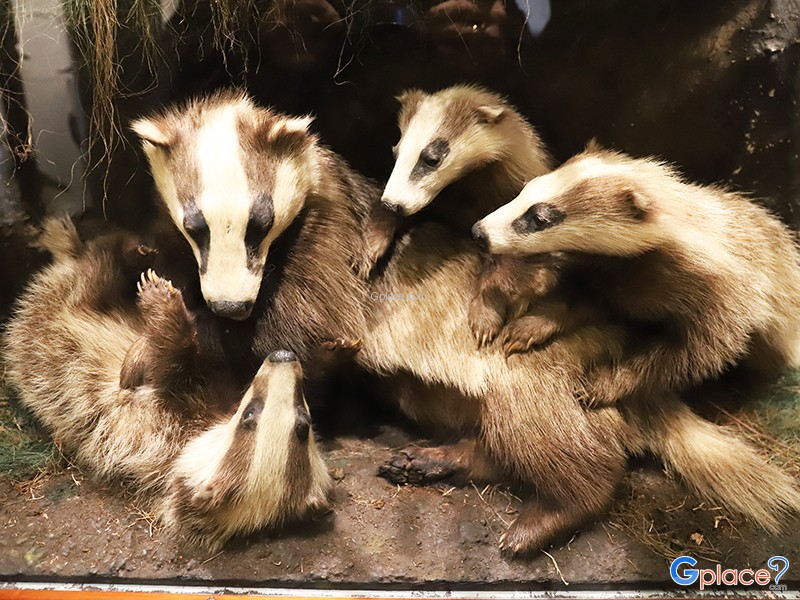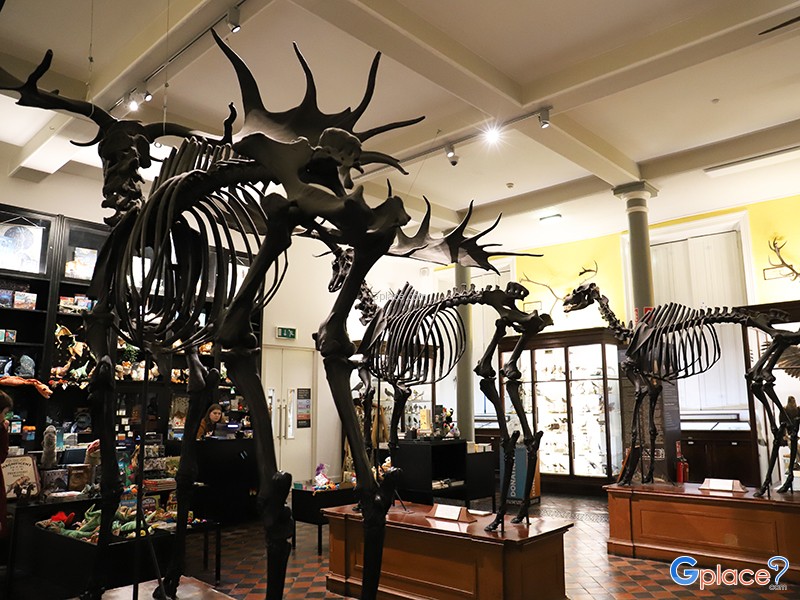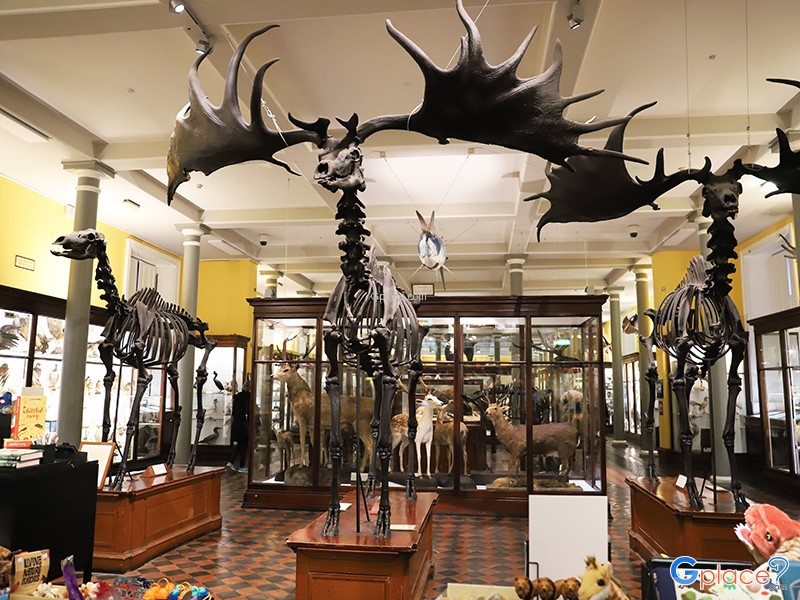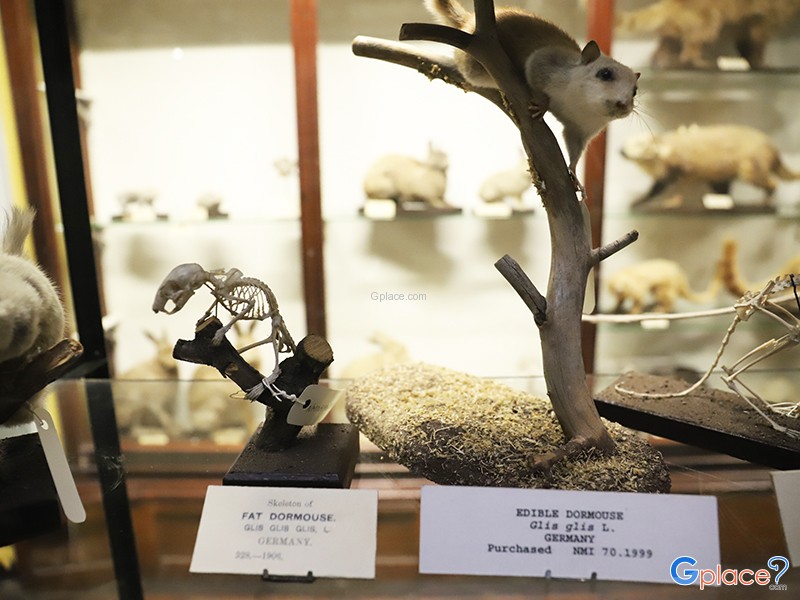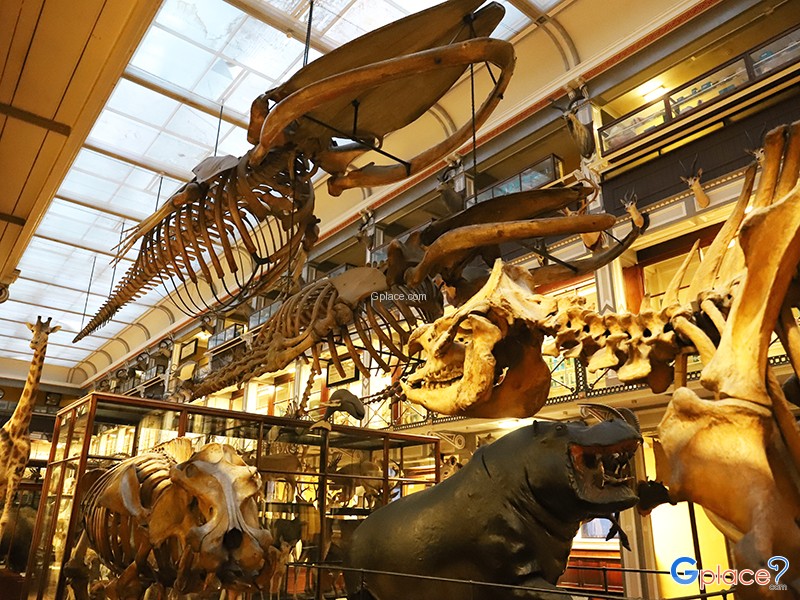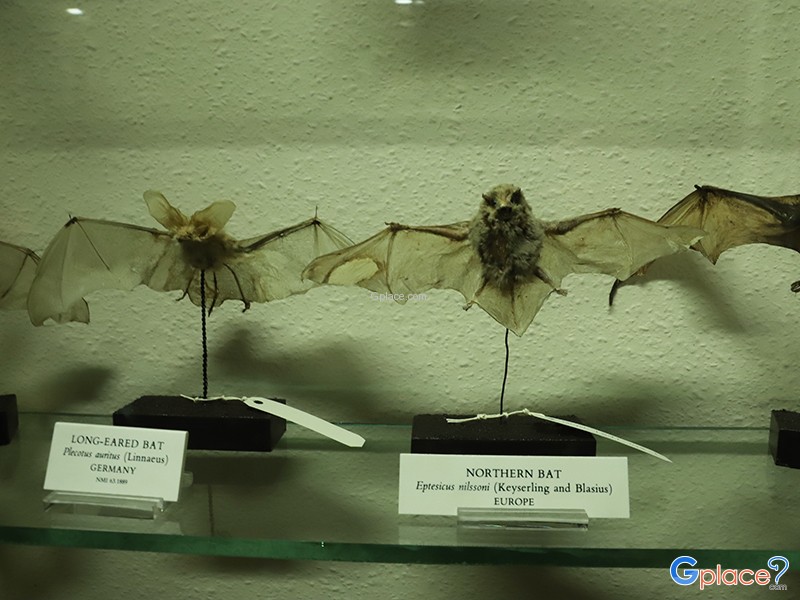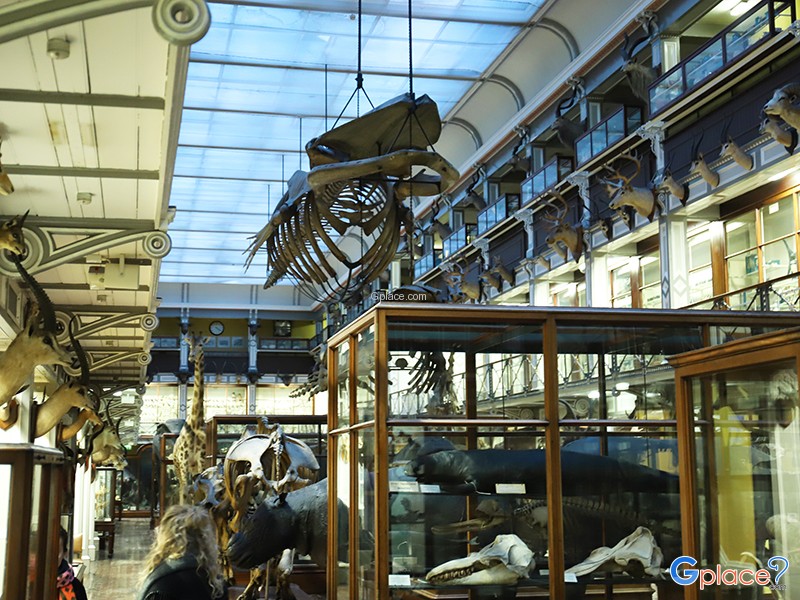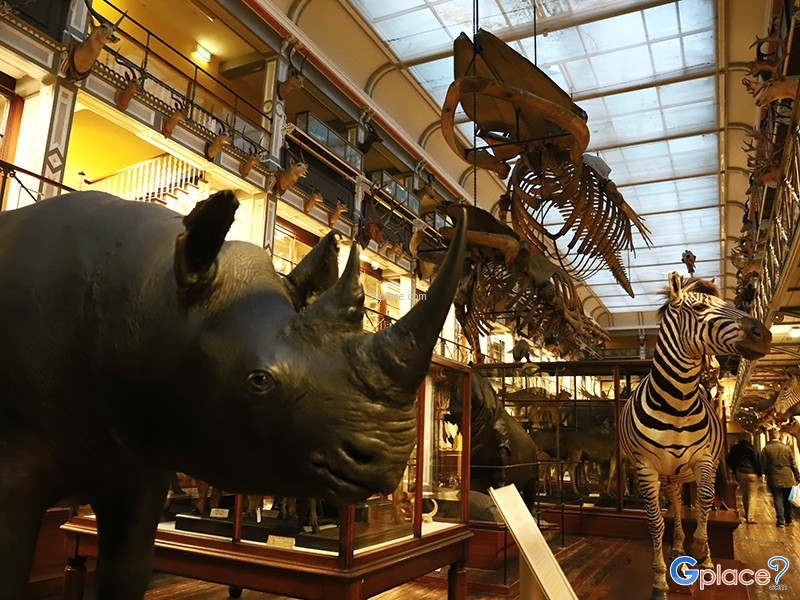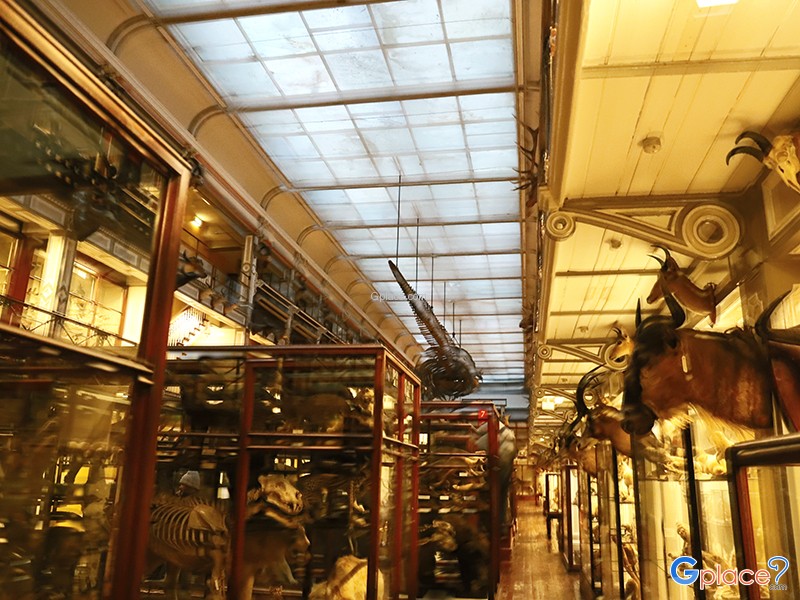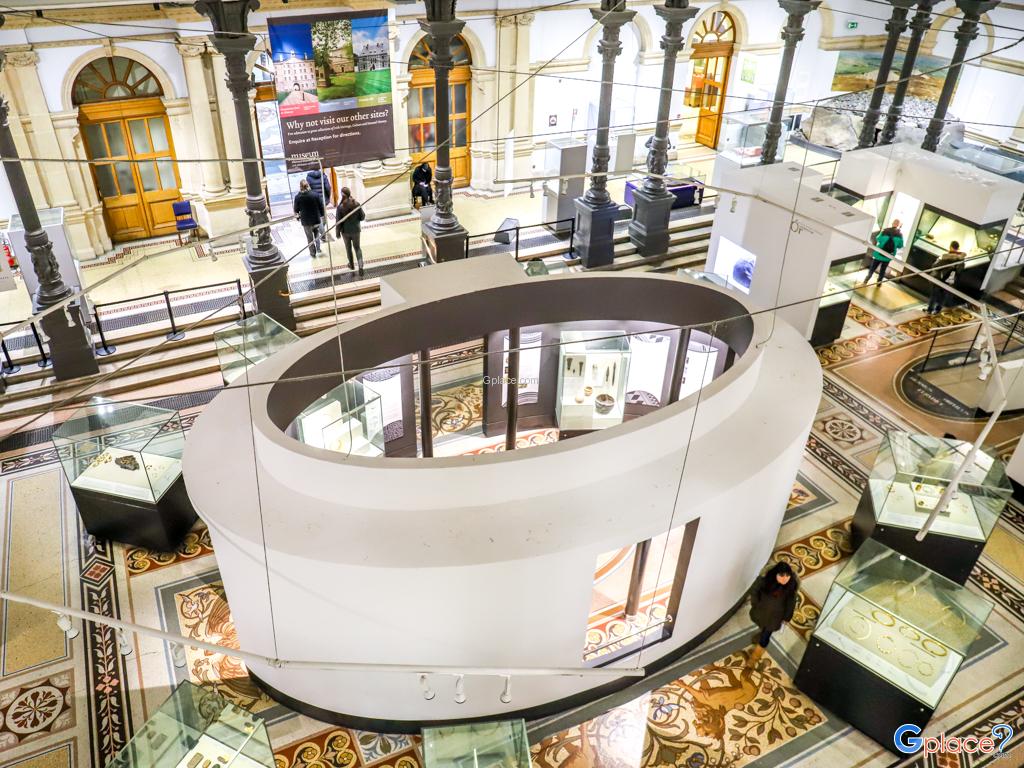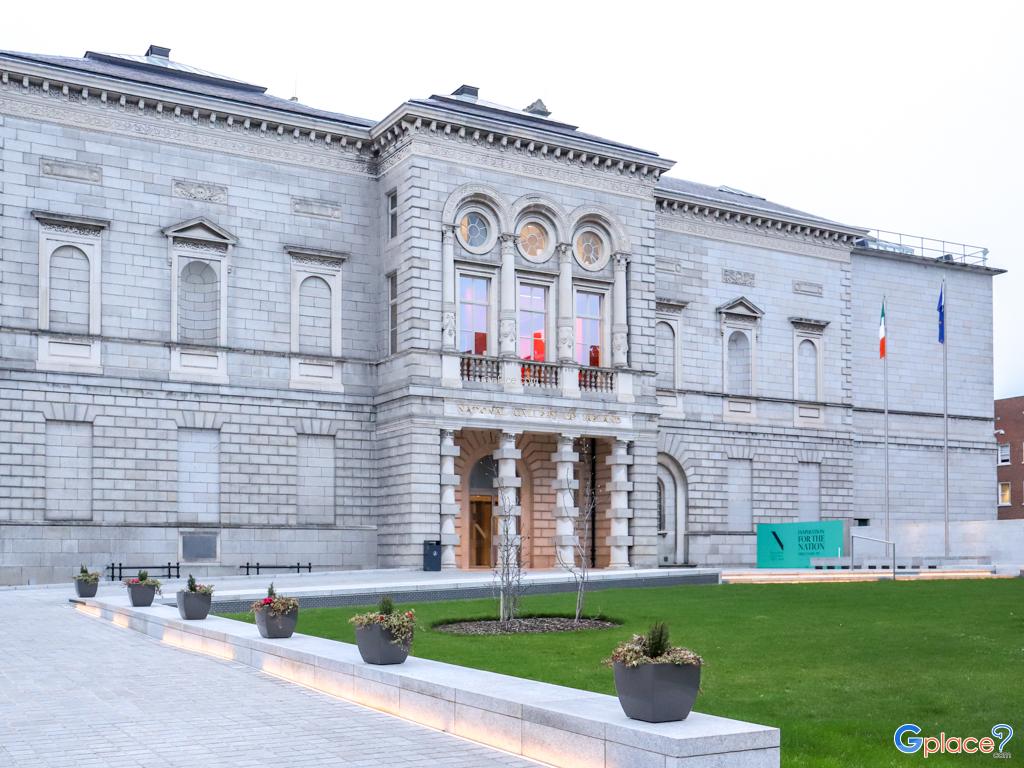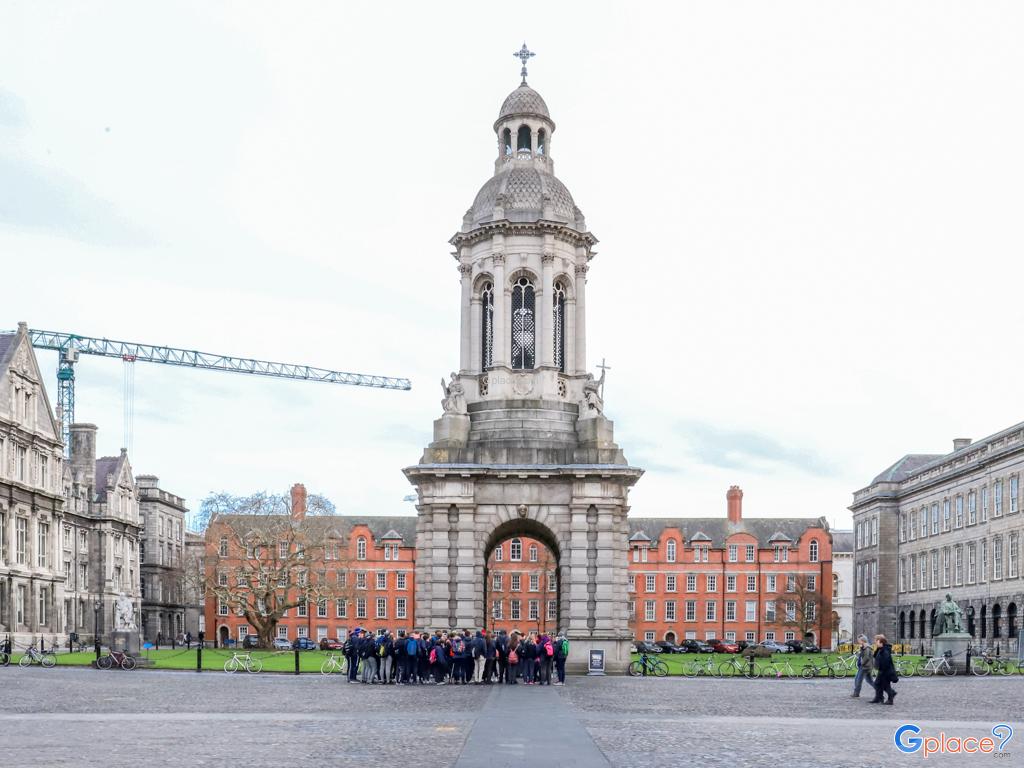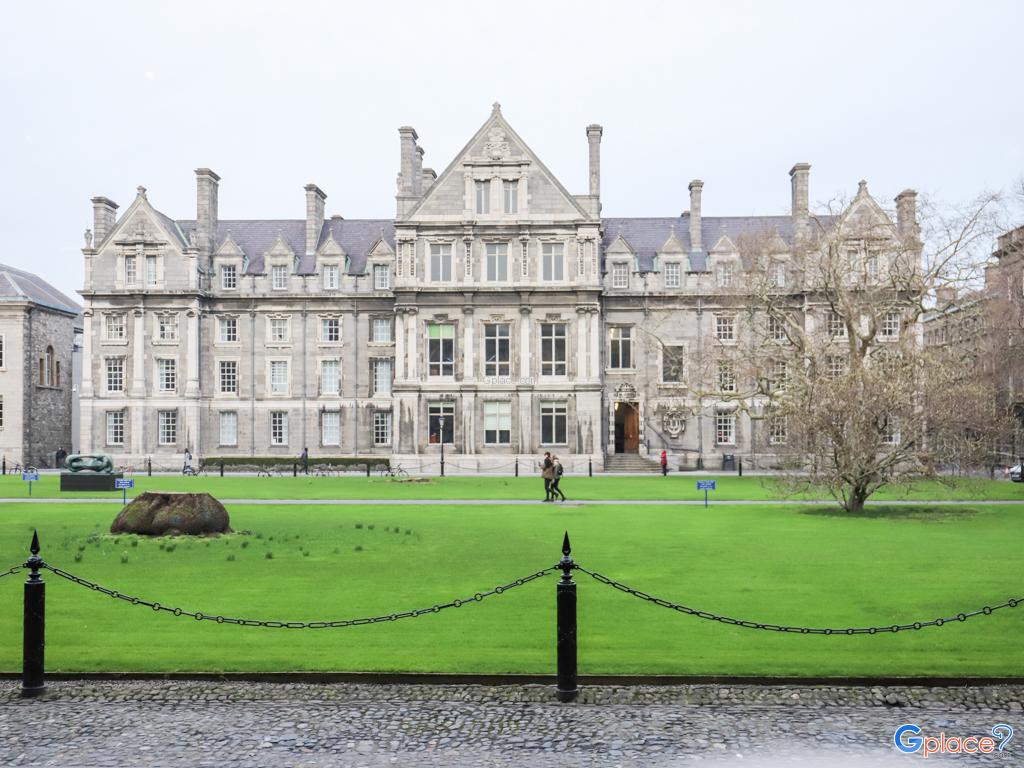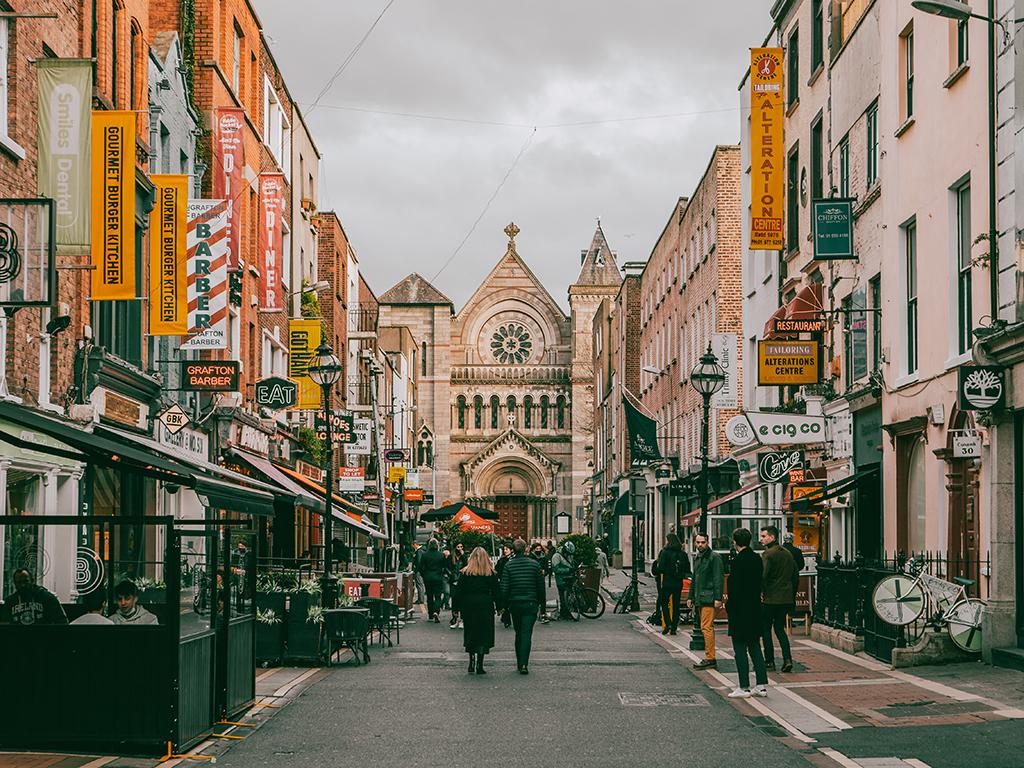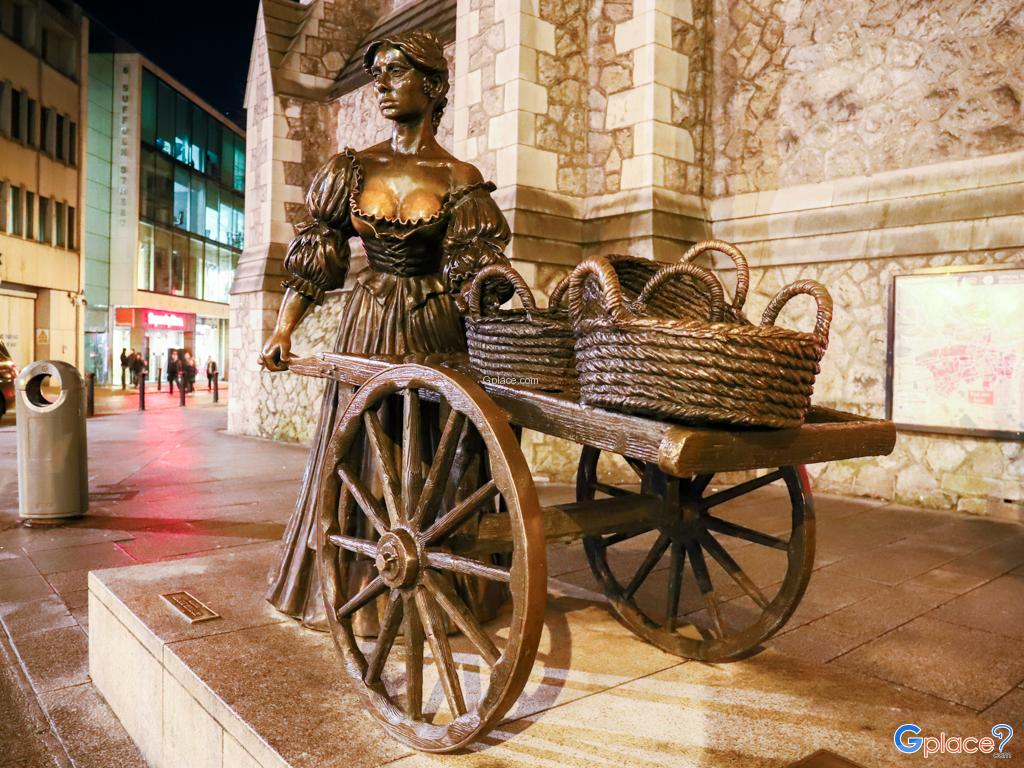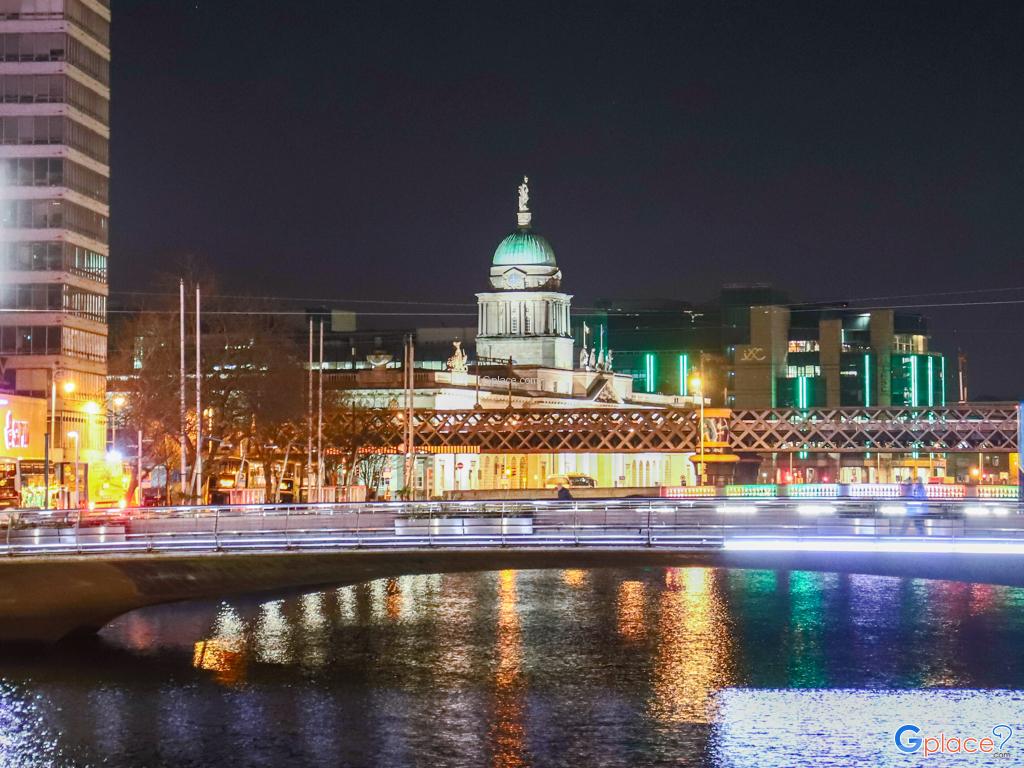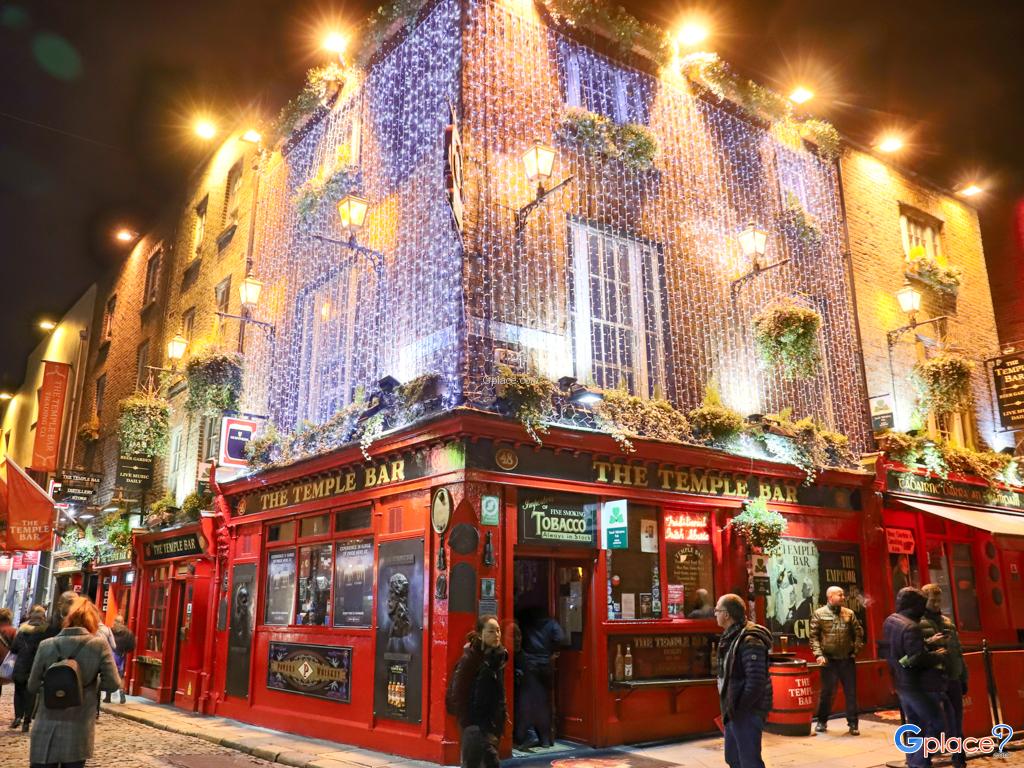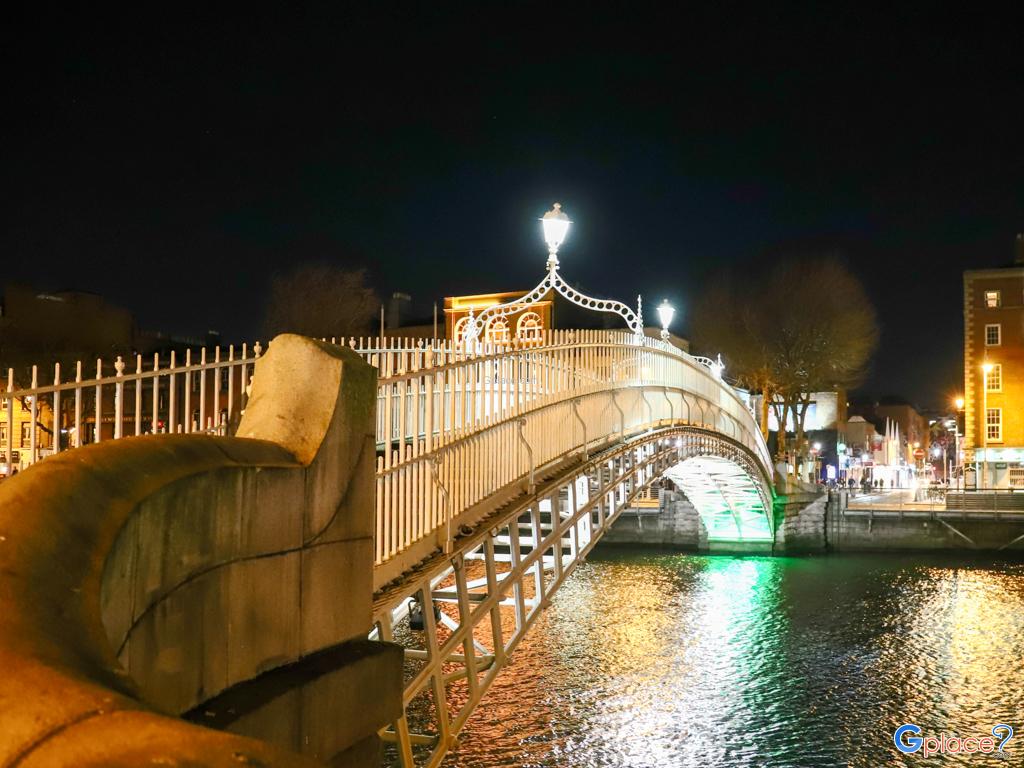“Museum of Dead Animals”
The Natural History building was built in 1856 to house the Royal Dublin Society’s growing collections, which had expanded continually since the late eighteenth century. Later it were passed to the State. A few words describe it, "museum of a museum" and "museum of dead zoo".
The Natural History Collection comprises over 2 million items, in the fields of zoology and geology; a million of the specimens being insects.
The building is a ‘cabinet-style’ museum designed to showcase a wide-ranging and comprehensive zoological collection, and has changed little in over a century. Often described as a ‘museum of a museum’, its 10,000 exhibits provide a glimpse of the natural world that has delighted generations of visitors since the doors opened in 1857.
The building and its displays reflect many aspects of the history and development of the collections. It was originally built as an extension to Leinster House, where the Royal Dublin Society was based for much of the 19th Century.
The building was designed by architect Frederick Clarendon in harmony with the National Gallery of Ireland on the other side of Leinster Lawn. The foundation stone was laid on 15 March 1856 and the building was completed in August 1857 by contractors Gilbert Cockburn & Son. It formed an annexe to Leinster House and was connected to it by a curved closed Corinthian colonnade.
Admission Fee: free of charge
Attendance grew from 106 thousand in 2007 to over 336 thousand in 2017, despite staff shortages and closed sections.




